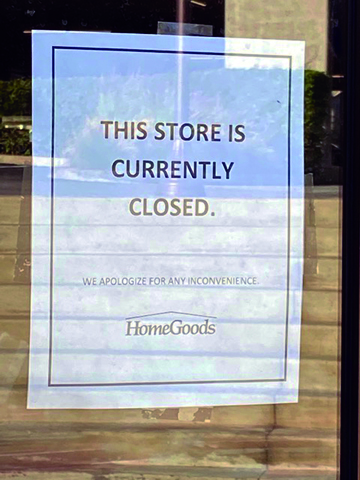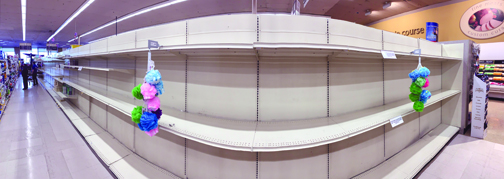By Charly SHELTON
The COVID-19 outbreak is quite possibly the biggest, most historic moment in our lives so far. The only similar period in recent history that affected the entire country on every level is World War II. This is not to equate the hardships of staying indoors to the hardships of a world at war, but more in that the war changed our lifeways – how the country is structured, what industry produced, how we get our resources of food and shelter and, basically, how daily life operated – just like a nationwide shutdown is affecting our lives now. And chances are that you have a family member from the past who was affected by the war, whether as a soldier, a worker on the home front, someone oppressed by invading forces, imprisoned in camps, or even just living in fear that the Axis powers may set their sights next on their home country.
Imagine having a record today of what your parents, grandparents or great grandparents went through during that time. If, when you learned about WWII in history class, you could go back to family heirlooms of not just an old uniform or a few dusty pamphlets, but a photo album or a stack of journals written by a loved one, detailing their time and their experiences in that moment. History changes with the telling; that is just a fact of how stories are related. Real, in-the-moment primary sources are always more realistic and visceral than any commentary or story told about the past because the details are fresh, the reactions to events are instinctual and the rose-colored glasses have not yet laid their nostalgia filter on the memories of events. Having a journal to read or photos with notes written on the back makes that time so far away feel real.

Luckily today we all carry cameras in our pockets. It’s easier than ever to document our lives in photos and videos, or in a quick note about the day hastily typed into our phones or computers. These snapshots seem like nothing to us, but to our future selves and future generations who will learn about the biggest shutdown in American history, these are important. A picture of a sign encouraging social distancing will be as valuable as a picture of a past sign that read “No Irish Need Apply.” A line of people in masks outside a grocery store will be akin to a line of people waiting for bread during the Depression. And a video message to a baby in the womb during the COVID-19 outbreak will be a parent reaching through history to say hello and bring a smile in future dark times, showing what we have come through in the past with reassurance that we will make it through in the future.

Write a journal. Take photos. Shoot videos. Make sure to add notes to your photos, either written on the back of prints or added within the metadata of the digital file, which can be done on the computer when it is imported or directly on the phone through apps like Metapho. Take photos of your family through the window. Save memes you see online, just as one would save a newspaper clipping in the past. Take pictures of what you do every day to show what daily life is like when stuck under lockdown. Take pictures at grocery stores, banks, around the neighborhood on walks, or any of the few places you have to go for essentials. Don’t go out and take pictures just to be outside because staying safer at home is more important than documenting somewhere you shouldn’t be. Beyond that, it’s more personal to show how you actually lived, what you thought and how you got by during the COVID-19 shutdown. Daily life may seem boring, especially now, but someday these moments will be priceless. You aren’t doing this for yourself; you’re doing it for future generations, that they may learn from this and will not have to live through their own pandemic.
